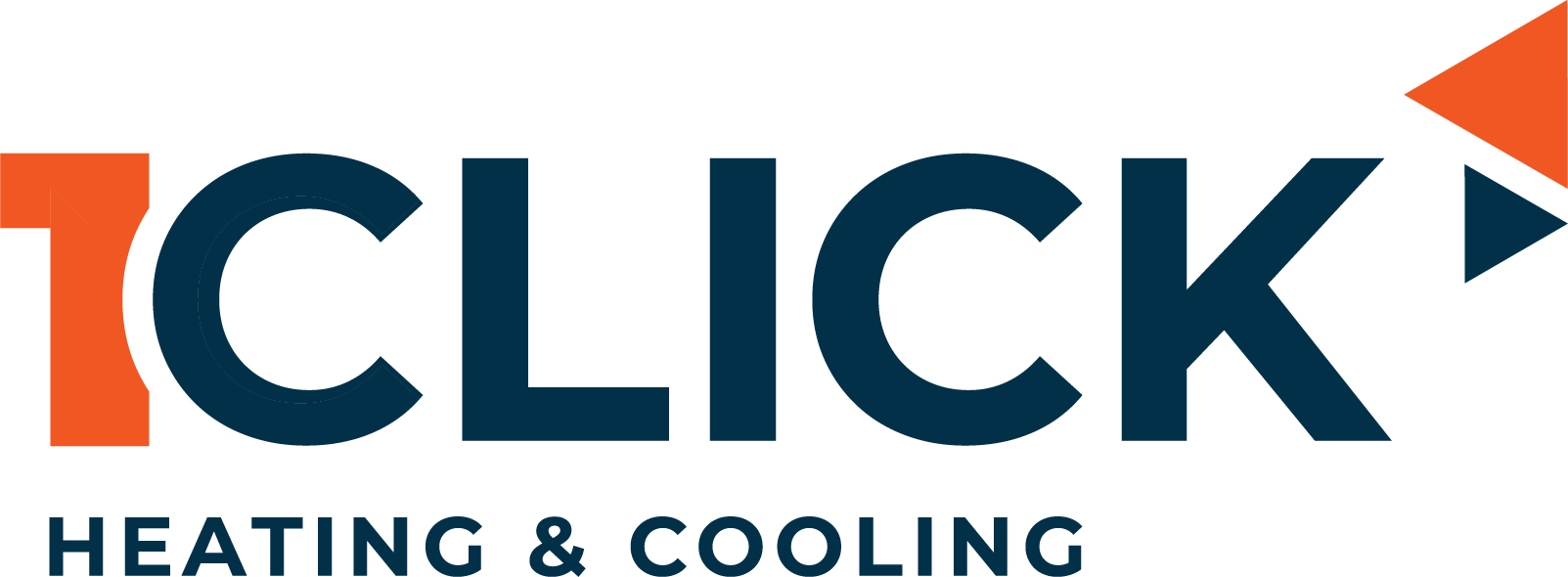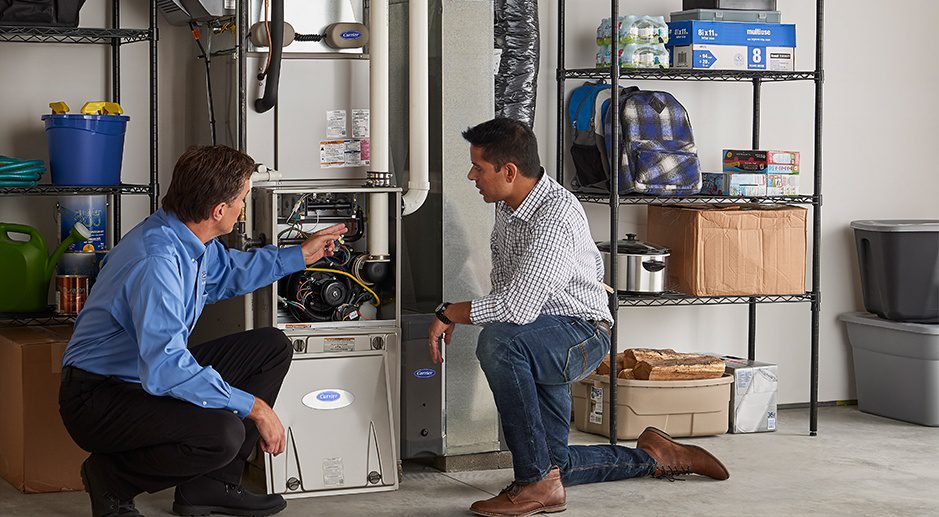When you are considering a furnace replacement or upgrade, you will need to know a thing or two about the various types of furnaces, along with some of the options, features, and models they come with. Your furnace plays a vital role as part of your home or business Heating, Ventilation, and Air Conditioning (HVAC) system. Whenever colder weather sets in, you realize just how important the furnace is – your home comfort depends on it. So when it comes time for its replacement, here are some important distinctions among the major types of furnace systems – single-stage, two-stage, and modulating.
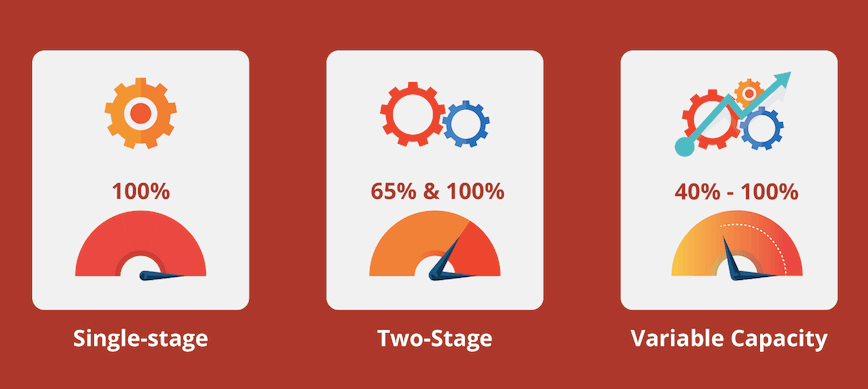
Single-Stage Furnace
This is the most basic type of furnace. The term single-stage refers to the fact that the burners and the fan operate at one setting – high. This configuration does not allow for any kind of optimization; the amount of energy used, from both the burning of gas and the electricity to run the blower motor will remain constant. Therefore, your energy use will remain constant, with no opportunity to lower consumption of either the gas or electricity component.
Selecting a single-stage furnace for your replacement will likely result in a lower upfront installation cost, versus the other two types. The drawback is that there is no opportunity for energy savings over the long term which, for furnaces, can stretch into decades.
While single-stage furnace systems are a proven, reliable home heating system, improvements in technology have evolved which allow their configuration to be modified. The result: An improvement in overall efficiency and lower energy use.
Two-Stage Furnace
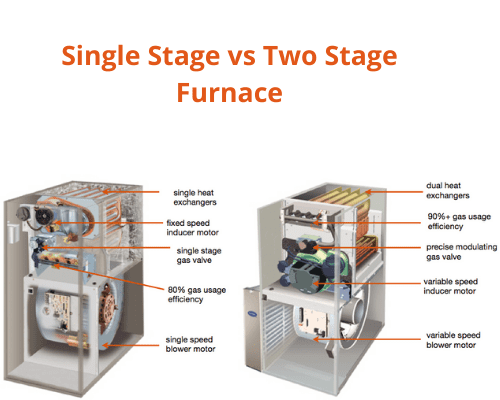
The two-stage furnace design takes into account the fact that much of the time, you may not need your furnace to be operating at full capacity. Two main modifications are made:
- The furnace starts operating at 70% capacity, rather than a full 100%
- The fan is operated by a variable speed blower motor
With a two-stage furnace, the system will kick in at the lower capacity, until the thermostat setting is reached. It will move to the higher heating and fan setting if, after a few minutes, the desired temperature on the thermostat is not reached. The benefits of such a configuration are threefold:
- Less energy is used by both the gas burners and the blower fan at the lower setting, to the tune of approximately 30%. This results in lower operating costs.
- Operating at the lower level is typically less noisy on the lower setting; as your furnace will likely be operating on this setting much of the time, you will probably find you don’t even notice that it’s on.
- The fact that the furnace is running for longer periods at a lower level means that the heating process is more consistent, versus a one-stage unit starting and stopping more frequently.
Because of these enhancements to the two-stage furnace’s operation, there is a higher upfront cost associated with them, offset by energy savings over the long term.
Modulating Furnace
The modulating furnace takes the modifications made to the two-stage furnace and gives even more flexibility to its operation. Rather than just the low and full settings of the two-stage furnace, a modulating furnace can have many, even dozens of settings, dipping all the way down to 40% capacity.
This type of versatility, although more expensive upfront than the upgraded two-stage furnace system, gives you the broadest range of settings for your specific interior environment. They can be particularly useful at arriving at a stable temperature, for example, in multi-story homes where heat distribution can be a significant issue.
A Summary Comparison – the Three Types of Gas Furnace Systems
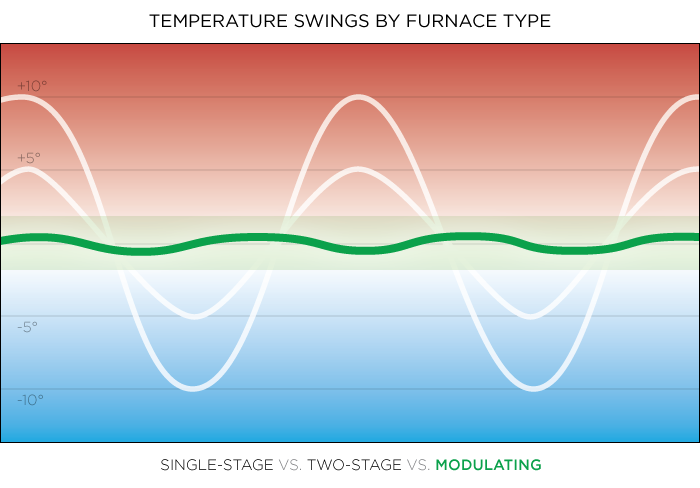
When looking at the three prominent gas furnace types, it is safe to say that they represent a major advantage and cost savings over, say, an electric furnace, or electric baseboard heating. The choice boils down to:
Upfront installation cost versus lifetime heating cost.
The traditional single-stage furnace will likely be the least expensive to install, but most expensive to run; the modulating furnace the most expensive upfront, and probably least expensive over the course of its lifetime. The two-stage furnace ranks somewhere in between. Keep in mind that there are government rebate programs out there, which can offset some of the cost of a new furnace installation. Unfortunately, most single-stage furnaces will not qualify, due to their inherent efficiency level, lower than two-stage and modulating furnaces. As a homeowner, one way or another, it’s good to know you have a choice and to go into your decision as an informed consumer.
